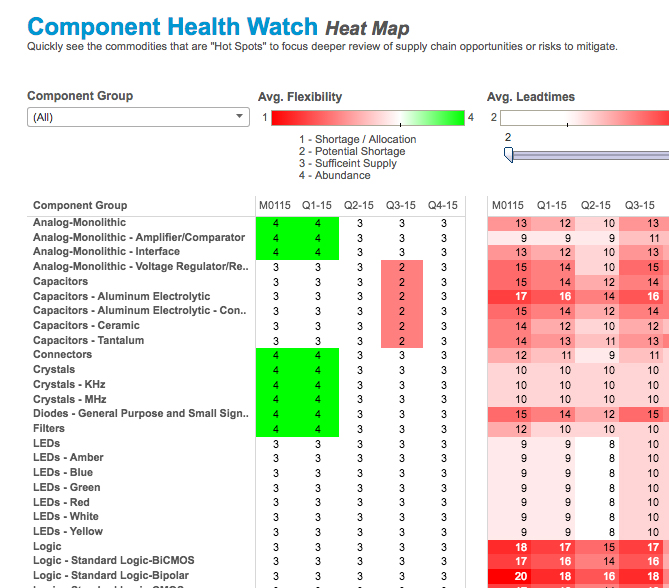MEMS is revolutionizing technology, causing microminiaturization and increasing the precision of conventional solutions. Ubiquitous MEMS applications are emerging as the next most promising frontier by removing the need for touch in structured light illumination or SLI.
DLPs or digital light processors from Texas Instruments contain millions of mirrors. TI is pioneering SLI that works by projecting moving stripes of light onto objects. It then measures the deformities in the reflected patterns by reconstructing their 3-D shapes using algorithms. The biggest customers so far are OEMs that manufacture touch-free fingerprint scanners.
These scanners are different from the traditional, as they do not require the traditional ink-blotter protocol. Therefore, SLI is revolutionizing biometric, facial, dental and medical scanning by opening up a whole new frontier in DLP applications. That includes the entire range from scientific instrumentation to industrial inspection systems.
So far, TI already has OEM development kits with DLPs and algorithm libraries. These can recognize 3D shapes, contours, surfaces, discontinuities and roughness. Operating on light sources ranging from near-infrared to ultra-violet, they enable accurate, fast and non-contact 3D scanning and recognition systems.
With its new DLP LightCarrier development platform, TI will be using nearly half a million micro-mirrors for illuminating simultaneously almost anything with structured light. That will allow almost instant recognition and characterization of 3D objects without touching them.
For example, TI uses FlashScan3D in DLP technology to capture far greater detail of fingerprints with higher accuracy than any other SLI solution can. That helps in cutting down on the possibilities of technician error and fraud. Moreover, the new DLP LightCrafter can scan faster and store data internally as against on a separate storage device such as a laptop. Therefore, it helps in building even smaller and more portable SLI applications.
YoungOptics Inc. of Taiwan origin manufactures the DLP LightCrafter as a plug-n-play module for TI. YoungOptics also manufactures TI’s DLP Optical Engine for OEMs that make projection televisions. LightCrafter, along with TI’s DLP 0.3 WVGA chipset, is ready to be used by OEMs for research and development. However, it can serve as the main subsystem in their finished end-user products as well.
Along with the DLP chip that contains exactly 415,872 micro-mirrors is an ASIC or Application-Specific Integrated Circuit acting as a second custom controller. There is also a DVP or a DaVinci digital video processor with its own 128MB NAND flash memory for storing patterns, a configurable IO trigger for integrating cameras, sensors and other peripherals needed for SLI.
Users can optionally add an FPGA, thereby speeding up the SLI patterns that LightCrafter displays, making them faster up to 4,000 per second. Finally, LightCrafter is capable of generating 20 lumens of light as it has an integrated light-emitting diode array for generating red, blue and green light.
OEMs can also use embedded Linux for developing their software to run the DaVinci DVP in the LightCrafter. That makes it an evaluation module compact enough for integrating projected light for scientific, medical and industrial applications, creating faster development cycles for end equipment needing high-speed pattern display with a small form factor, intelligent and lower cost.

